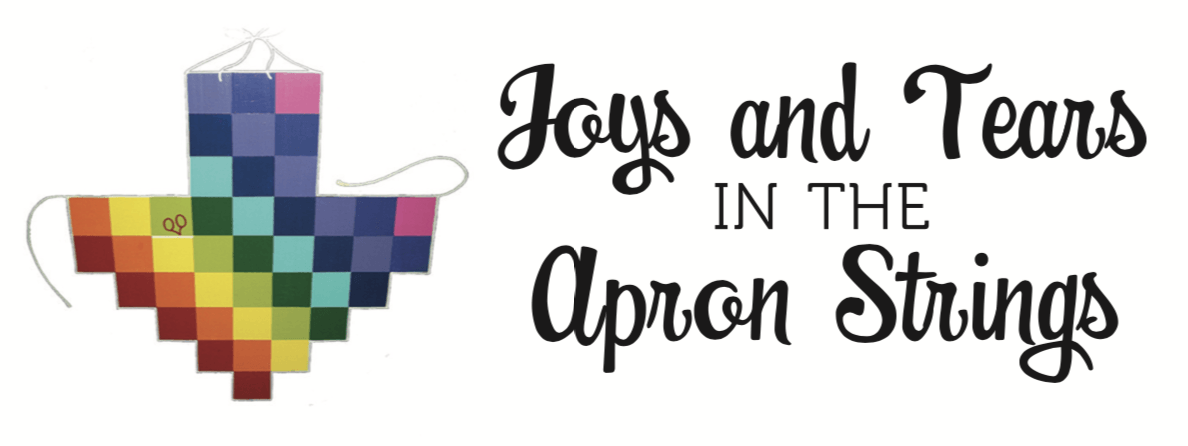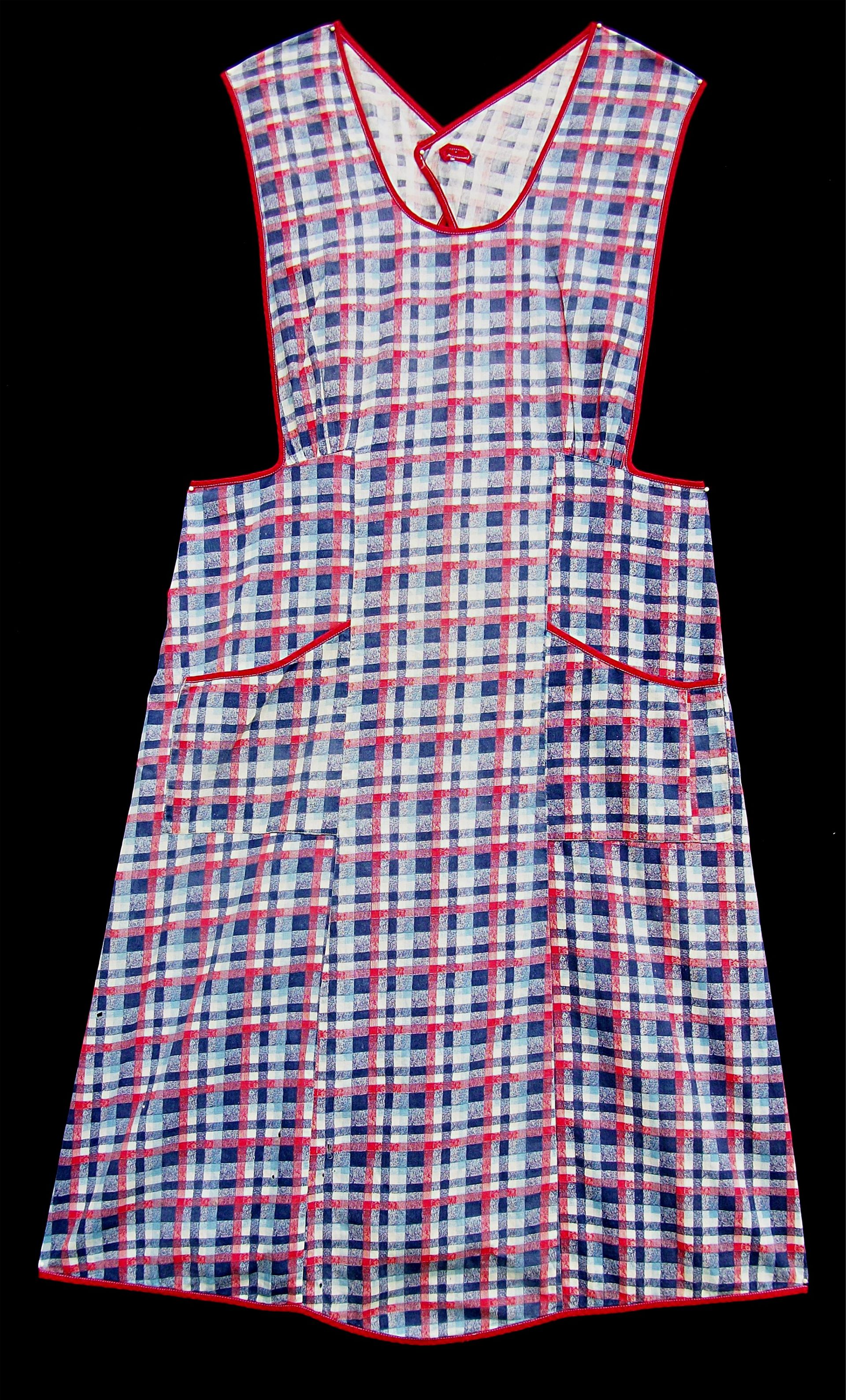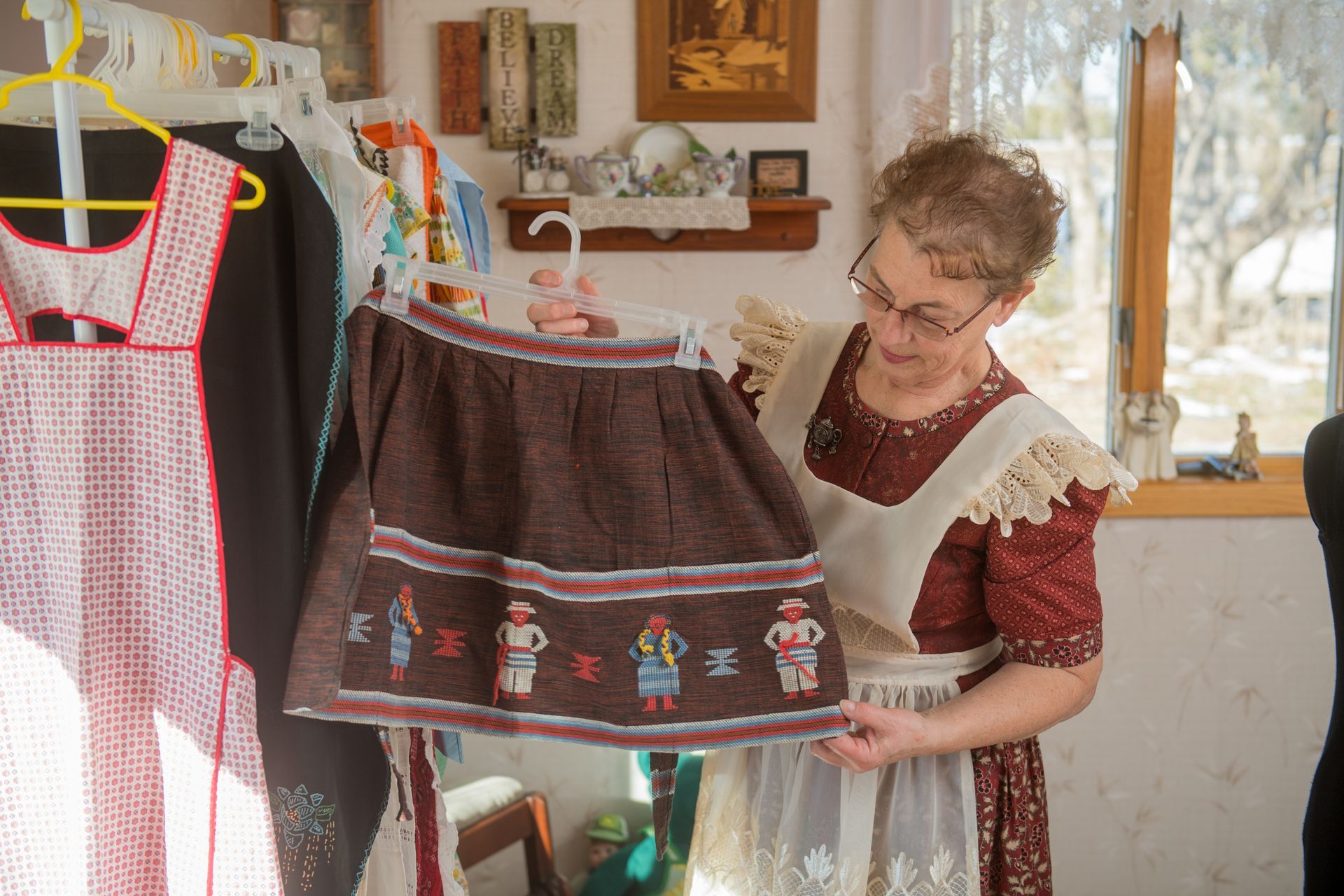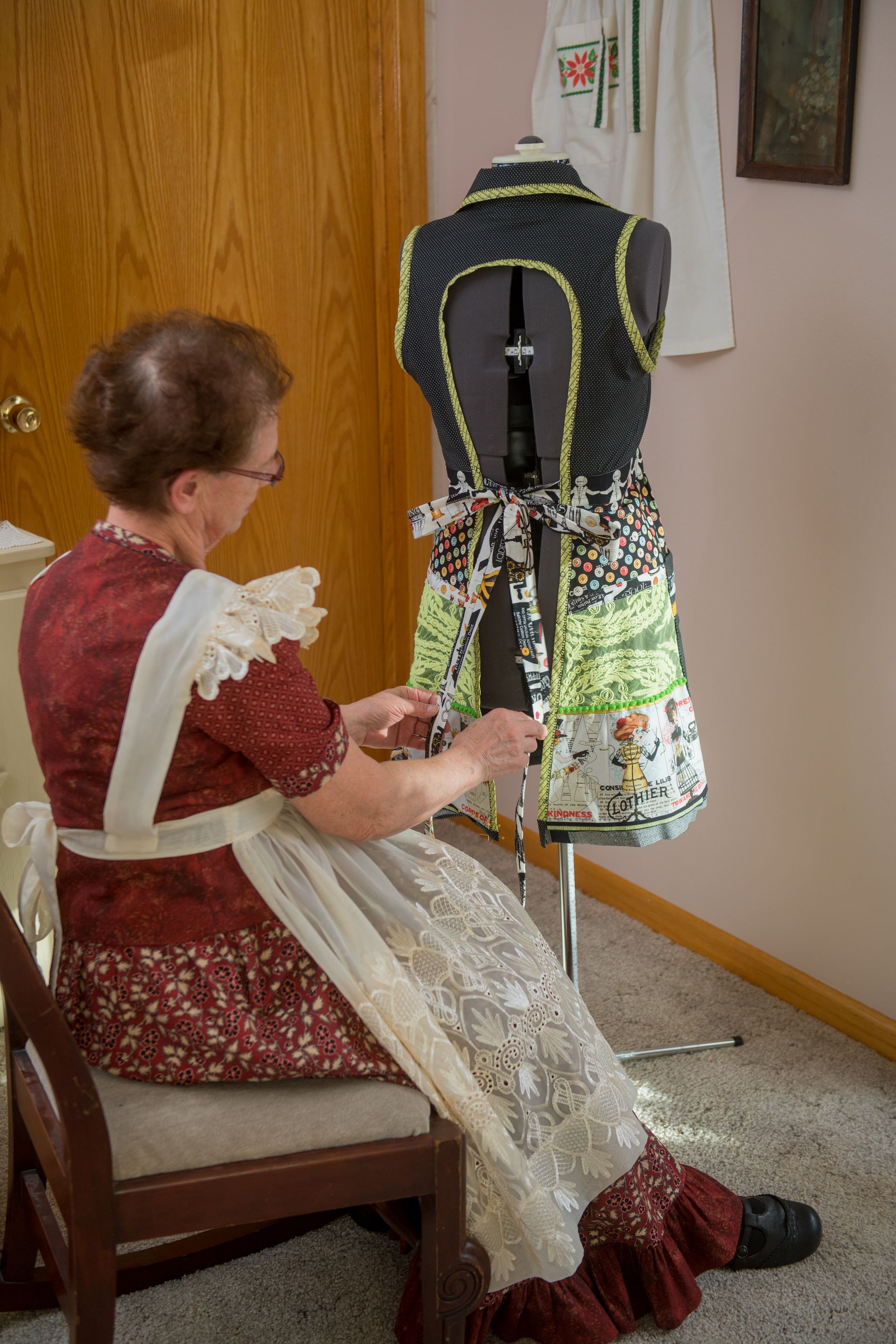Whether worn for fashion or function,
our history and memories are woven and sewn in the Apron Strings.
Apron Art in Fiber
Welcome to my website!
My name is Yvonne Cory. I am a Fiber Artist living in Easton, Minnesota.
My multidisciplinary artistry is composed of public speaking, creating apron art and an apron historian and curator since 2010.
Artist Statement
“Why Aprons?” is a continuously asked question over the years. An apron is the oldest wearable garment
recorded in biblical history and its function and purpose continues into present day. This multi-disciplinary fiber
artistry connects a vintage collection and newly designed aprons into two interesting avenues. The extensive
vintage apron collection is shared by giving informational programs and creating artistic and historical apron
displays. The vintage influence also appears in my individual high-fashion apron dsesigns that are both artistic
and wearable.
Since my childhood watching my mother sew, these vintage garments have a deep meaning. They remind me
how important a human hand was in the creation of the frills and yet served a purpose of collecting spills. An
apron not only has interesting history; it displays a variety of fiber art techniques, all very intriguing to me.
Anytime I can turn thread, fabric and vintage linens into aprons I am filled with JOY. For each new design, a
basic form, a full bib or half apron is selected. Inspiration from printed materials, nature, travel, my vintage
apron and embellishment collections guide me in selecting colors, textures, patterns and art techniques. Cotton
fabric, (new or vintage), is my primary choice in fabricating the basic apron form, as it offers a variety of
textures and patterns which are washable. The decorative embellishments used to enhance the basic form are
bountiful. Examples include hand embroidery, decorative machine stitching, lace, rick rack, bias tape and
braid trims, buttons, coached yarns, fabric manipulation, on surface and reverse appliquéing and lacing.
Vintage linens of unlimited sources are also used as enhancing embellishments. Vintage sources include
crocheted doilies, hankies, linen calendar towels, tablecloths, recycled clothing, panty hose, netting, chenille
bedspreads and so many more. Thus each design has its one-of-a-kind persona.
In our “throw-away” society where planned destruction has become a staple of our economy, I am inspired to
meet the green challenge to curate, reuse and up cycle in my designing, informative programs and displays.
Parents taught me at an early age not to waste what I have, whether resources or talents. Thus remembering,
the frequently used quote of the depression, “make over, make new, make do or do without”.





